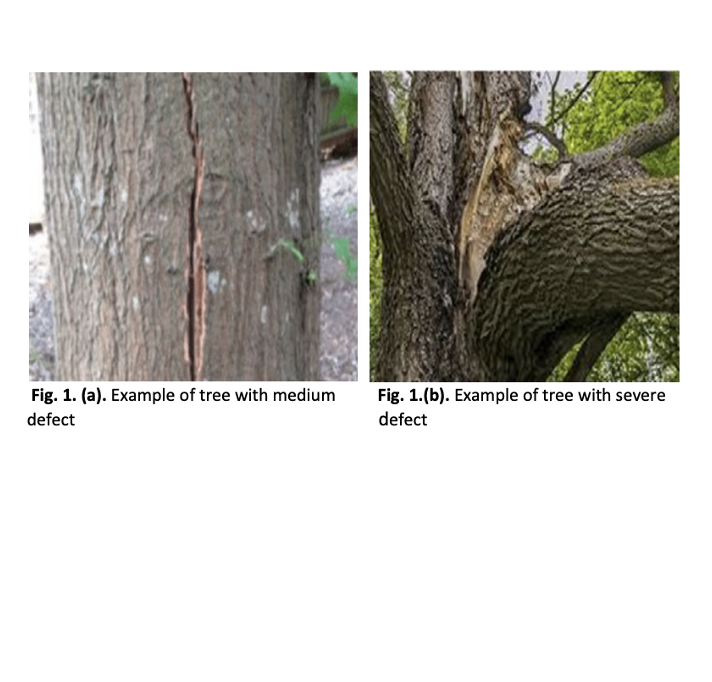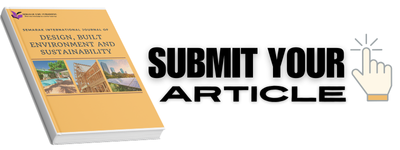A Place-Based Education (PBE) Approach to Teaching Environmental Fieldwork in Higher Learning Education using Urban Tree Hazard Assessment as A Case Study
Keywords:
Place-Based Education (PBE), environmental fieldwork, experiential learning, student engagement, teaching practice, higher learning education, urban tree hazard assessmentAbstract
Higher education progressively reviews for teaching approaches that move beyond traditional lectures and textbooks, especially in fields like environmental science, where real-world application is essential. However, many students still find it difficult to connect theoretical understanding to real-world problems in their local environment. This gap can limit student engagement, critical thinking, and long-term understanding of complex environmental issues. Place-Based Education (PBE) encourage students to engage with their immediate environment as a meaningful learning site, fostering deeper understanding, social responsibility, and contextualized knowledge. This research explores the pedagogical impact of a place-based fieldwork project in which a university student assessed the urban tree hazard within the campus of UiTM Shah Alam, Selangor, Malaysia, as a case study. By analysing the student’s map, photographic documentation, and hazard scoring, this research investigates how local and real-world tasks support learning outcomes in higher education. The findings show that the student demonstrated improved observation skills, critical thinking, and the ability to apply theoretical concepts to practical contexts. It is also encouraged environmental responsibility and spatial awareness, two important objectives in environmental education. Despite being centred on a single participant, the case study offers an insightful finding for educators to integrate experiential, site-based learning into their teaching practice. This study indicates that PBE is a promising instrument for connecting lecture room instruction with real-world applications, and it suggests that it may be widely used in higher education programs that focus on the environment and sustainability.









